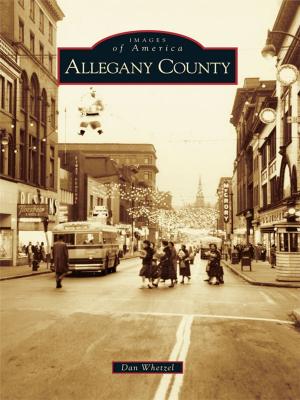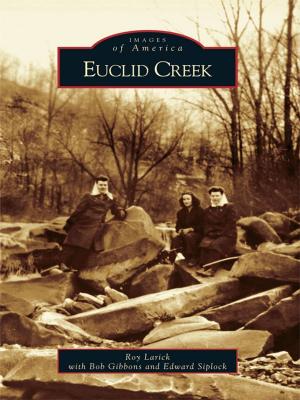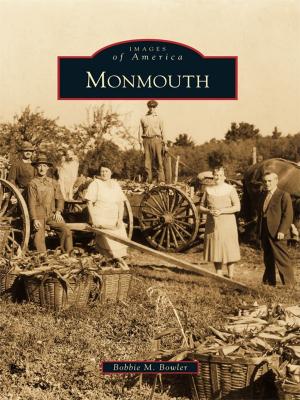Along the Huerfano River
Nonfiction, Science & Nature, Nature, Environment, Rivers, Travel, Pictorials, Art & Architecture, Photography| Author: | Kay Beth Faris Avery | ISBN: | 9781439658727 |
| Publisher: | Arcadia Publishing Inc. | Publication: | December 5, 2016 |
| Imprint: | Arcadia Publishing | Language: | English |
| Author: | Kay Beth Faris Avery |
| ISBN: | 9781439658727 |
| Publisher: | Arcadia Publishing Inc. |
| Publication: | December 5, 2016 |
| Imprint: | Arcadia Publishing |
| Language: | English |
Long before English speakers set eyes upon it, the volcanic plug on the south bank of the Huerfano River was tagged with a moniker that means "the orphan." Spanish conquistadors saw it as a rock pile that God dumped in the middle of nowhere, an odd little cone far removed from the regular foothills edging the Sangre de Cristo Mountain Range. In the 18th century, this outcropping and the river that bears the same name were famous landmarks for Native American tribes, Hispanic explorers, and French adventurers. Then in the 19th century, along came US mountain men, gold-seekers, cowboys, sheep ranchers, railroad workers, town developers, and coal miners from 31 different countries, speaking 27 different languages. Counterculture revolutionaries discovered the area in the 1960s and established five separate communes west of Walsenburg. Each wave of immigrants brought new perspectives and lifestyles.
Long before English speakers set eyes upon it, the volcanic plug on the south bank of the Huerfano River was tagged with a moniker that means "the orphan." Spanish conquistadors saw it as a rock pile that God dumped in the middle of nowhere, an odd little cone far removed from the regular foothills edging the Sangre de Cristo Mountain Range. In the 18th century, this outcropping and the river that bears the same name were famous landmarks for Native American tribes, Hispanic explorers, and French adventurers. Then in the 19th century, along came US mountain men, gold-seekers, cowboys, sheep ranchers, railroad workers, town developers, and coal miners from 31 different countries, speaking 27 different languages. Counterculture revolutionaries discovered the area in the 1960s and established five separate communes west of Walsenburg. Each wave of immigrants brought new perspectives and lifestyles.















